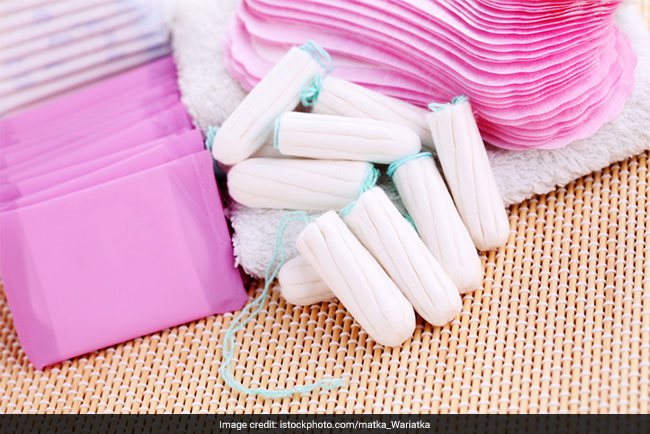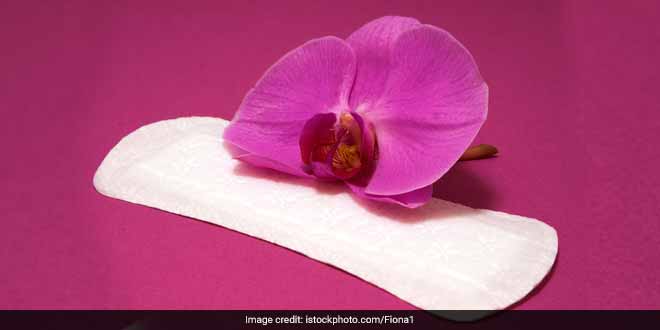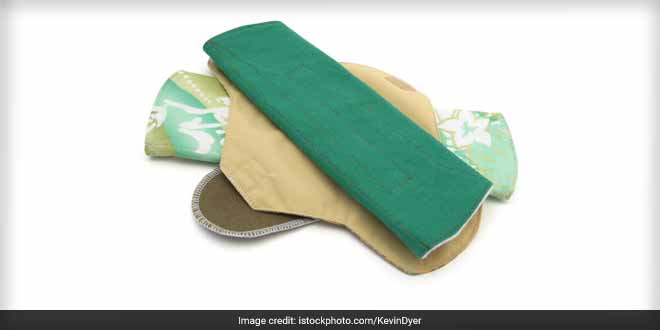New Delhi: It doesn’t matter, if you are a man or a woman – growing menstrual waste is killing all irrespective of gender. In many parts of the world, disposal of sanitary waste is not an issue. Either legislation or producers themselves ensure there is proper disposal of sanitary waste. But not so in India. The problem in itself is huge. Firstly, we don’t have a system in place for proper disposal of the sanitary napkins, as a result the waste ends up getting into the landfills where it stays for atleast 100 years because 90% of the sanitary napkin is made of plastic that cannot be decomposed. Secondly, the lack of awareness among citizens on the effects that mismanagement of menstrual waste can have. Talking in numbers, India produces over 1 billion non-compostable sanitary pads every month. The conclusion is that whatever waste has been generated in the form of menstrual waste so far, can still be found in some form out there.
Also Read: An Urgent Challenge: Why India Needs To Tackle Its Menstrual Waste
So, how are we dealing with this humungous amount of waste? Though the environment champions have come out with solutions and have created alternatives to the plastic sanitary napkins like menstrual cups, cloth reusable pads, biodegradable pads from Saathi that are made of banana fibre, to name a few, still the question that remains unanswered is that how many of us are actually using these alternatives that are less harmful to the environment.
NDTV spoke to a few of the experts in the field of Menstrual Waste and decoded the solution India needs, in order to a sanitary revolution. Here’s what they have to say:
Awareness And Education Will Play An Important Role

90% of the sanitary napkin is made of plastic that cannot be decomposed. Studies have shown that one pad takes more than 100 of years to break down completely
Studies have shown that a single woman generates up to 125 kg of non-biodegradable waste in her menstrual years alone. The worry is that all this waste is not getting treated the way it should be, which results in the pollution of the landfills.
It is a pity that despite solutions being available in the market, lack of awareness about these is preventing mass scale adoption. Explaining this Meenakshi Gupta, Co-founder of Goonj, a well-known organisation that works on making clothing a basic right for vulnerable section of the population added,
The need of the hour is to make women more aware about hygienic menstrual practices and safe disposal to address their health needs and also about the growing menace of menstrual waste. The problem is unawareness – if we talk about rural or urban women of India.

Red Dot Campaign started in Pune which initiated the practice of segregating sanitary waste among the citizens
Reiterating the same fact about awareness and education, Arundati Muralidharan, Manager-Policy from WaterAid highlighted, “Even though the urban people have access to routine garbage collection, they throw the menstrual waste in the dustbins without segregating it, where, the ragpickers segregate the waste by themselves and at the end it ends up going to the landfills. So, anyways it is polluting the environment because we don’t have ways to manage this waste. The other thing is when we look at the rural population, they don’t have access to routine garbage pickups. They end up throwing the menstrual waste in the water bodies, farms, fields, some just burn it in the open. Forget the system in place which is government’s responsibility, education, and awareness in making people aware about the harm they are doing just by their actions is a must. If we can through education put an end to these harmful practices like not segregating menstrual waste, throwing menstrual pads out in the open, we will be covered to some extent, and then once this much is achieved, we can make people aware of the alternatives.”
Availability Of Eco-Friendly Menstrual Products – Still In Question
Nalini Shekar, a social activist and a founder of Hasiru Dala (Green Force), a non-profit organisation that is helping marginalised waste pickers in Bengaluru, said,
Sanitary waste is a different ball game altogether, we are talking about alternatives to conventional pads, but, actually, if you will go to some of the rural areas you will be amazed to find out people don’t even have access to clothes and we are talking about the alternatives of sanitary napkins which are way too costly for Indian public. The need of the hour for our country is multiple solutions and not just one-fit-solution to a problem which is as massive as menstrual waste.
Talking about eco-friendly solutions, like the SheCup, Ms Nalini Shekar added, “It is a very good solution in dealing with the growing waste crisis, but it is workable only for urban areas as in rural areas there is an issue of water scarcity, so, this solution, again goes out of the picture. What we need are options.”
Meenakshi Gupta underlined another big point and said,
For the longest time the commercial sanitary pads market has been about convenience, aspiration, and affordability. In the last few years, the narrative has slowly changed as women got a space to speak up about menstruation. Today women in the cities are getting more conscious about what they use, they have started demanding healthier and eco-friendly options. These eco-friendly options are still new and fighting for a space in the market but when women as consumers become more vocal and responsible in their choices, the producers will have to respond.
Also Read: Make A Green Switch, Use Reusable Menstrual Products
Eco-Friendly Products Too Costly, The Need For Government Intervention
The major reason why the dependence and the markets are still flooded with the conventional sanitary pads is that the alternatives are a way to costly in comparison to the plastic option which is available. Speaking about this, Jaydeep Mandal, founder at Aakar Innovations, which has developed Anandi Pads that are affordable and 100% compostable, said,
Our pads cost Rs. 40 (pack of 8) which is 40% lower than the lowest market competitor right now, still, people are not buying, one of the major reasons, it is not widely available. What we need is the government support, if they will give us an opportunity, we will grow in the market. Currently, the government also is going to the rural areas and giving away the plastic pads. So, how will the market open up for the environment-friendly solutions?
Dr. Shyamala Mani, Professor at National Institute Of Urban Affairs adds, “The whole debate is not about the environmental-friendly solutions, but, how do we increase the consumption of the products that will not create any repercussions to the environment.”
She suggested we should go for simple methods, we should create pads without gel and just cotton and cellulose which will have just one layer of plastic. The aim should be to find alternatives to that plastic.
Earlier there were brands like Carefree and Stayfree which used to come up with these traditional pads, it was discontinued because these did not last for long. Currently, Centre For Plastic Engineering And Technology has made biodegradable plastic, it is there in the process of commercialisation. The need of the hour is to put pressure on the government to make these solutions readily available, and then we will not have to depend on these costly methods.



























